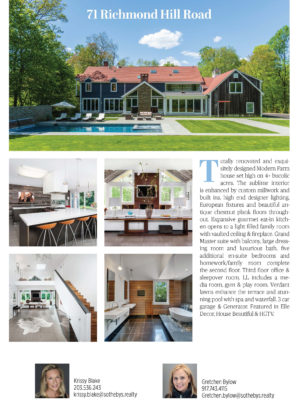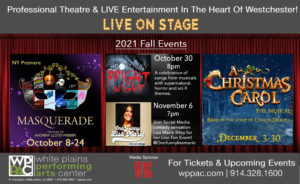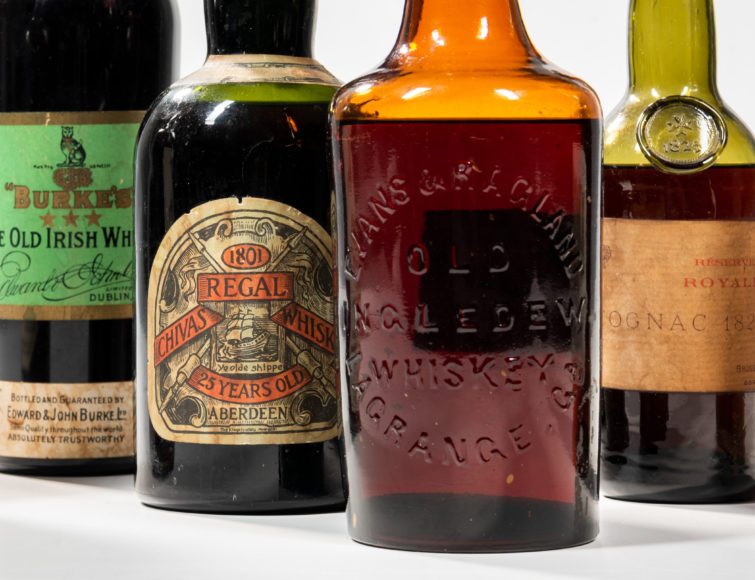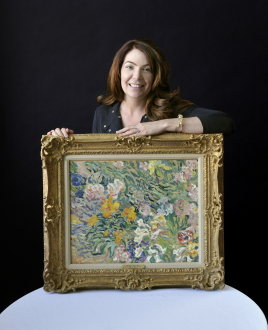Since ancient times, alcohol has been used as an antiseptic, an anesthetic and an antidote to poison. And it is still not uncommon to hear those of a certain vintage talk about taking a drink for “medicinal purposes.”
The modern age of wonder drugs and vaccines has, of course, far better uses for alcohol (in moderation). Whether it’s called happy hour, cocktail time, sundowner, le cocktail or a breathing spell, the late-afternoon ritual of a drink and a snack is for many people one of the most eagerly anticipated moments in the day. It’s a favorite type of hospitality for its laid-back vibe and informal spontaneity.
The custom of sharing food and drink with friends and family and sometimes strangers who will become friends, is ancient as well. However, the particular form of drink that’s become known as the cocktail is a fairly recent development.
The first golden age of the cocktail was the 1880s through the 1920s, but the print use of the word “cocktail” for a mixed alcoholic beverage dates from at least 1806. “The Balance and Columbian Repository,” published in Hudson, New York, referred to a cocktail as “stimulating liquor composed of any kind of sugar, water and bitters, vulgarly called a bittered sling.”
That still leaves the question of where the word “cocktail,” which today covers all manner of alcoholic mixtures, came from in the first place. One explanation is that a New Orleans apothecary served a beverage of brandy and cream in eggcups — in French coquetiers. It’s a minor slip of the tongue to “cocktail,” especially after consuming a few of these delicious concoctions.
Another origin tail, oops, tale is less appealing. In order to make a nag look lively and hold its tail up, some unscrupulous horse dealers would give the poor beast a suppository of ginger. The irritant made the animal prance and wave its tail, from discomfort rather than high spirits.
Whatever the derivation of the name, the cocktail as a symbol of hospitality and conviviality — at home or in a business marketing setting — has been with us for at least 200 years, despite ups and downs. Prohibition put a crimp in social drinking in America. The 1970s through the ’90s was a period when many younger folk thought that cocktails like the Old Fashioned were, well, old- fashioned. Happily, in recent years the emergence of the craft cocktail scene has given new vibrancy to a venerable tradition.
A favorite ingredient, then and now, has been whiskey (American and Irish spelling) or whisky (Scottish and Canadian). With or without an “e,” whiskey, high in antioxidants, has been a versatile liquor used in cooking (think pecan pie with a dash, or two, of Bourbon whiskey); hospitality; and even a healthy diet as some studies have shown that low to moderate consumption can contribute to heart health.

A vintage whiskey, gin or liqueur not only imparts superior taste to a cocktail; it shows the host’s/hostess’ splendid taste. And then there are the well-earned bragging rights that come with sharing a once-in-a-lifetime drink.
Like other social rituals, cocktail time has its special equipment — glasses of every shape and size, squeezers and jiggers, strainers and ice containers. Most indispensable of all is the cocktail shaker. Whether it’s made of glass, stainless steel, silver or copper, the shaker is not only the most conspicuous item of barware; it’s the most distinctive and varied.
One formerly popular shape for cocktail shakers was the milk pail. Another favorite vintage style was based on the lighthouse, perfect for mixology when the sun goes over the yardarm. These were often given by yacht clubs as trophies and presentation pieces.
Norman Bel Geddes’ streamlined “Manhattan” shaker is an Art Deco icon that evokes New York City’s famed skyscrapers. A 1930s favorite, recently revived, was a shaker in the form of a penguin, a whimsical homage to the bird of the icy South Pole.
Other ingenious cocktail shaker designs include golf bags, dumbbells, monkeys and bowling pins. Even zeppelins, those airborne marvels of the 1930s, briefly served as inspiration for barware.
Tipple time calls for the best — in drinks, items to prepare and the people who come together to enjoy the hospitality. Salut, cin cin, prost, santé, na zdarovye. Or simply “Cheers!”
For more, contact Katie at kwhittle@skinnerinc.com or 212-787-1114.



